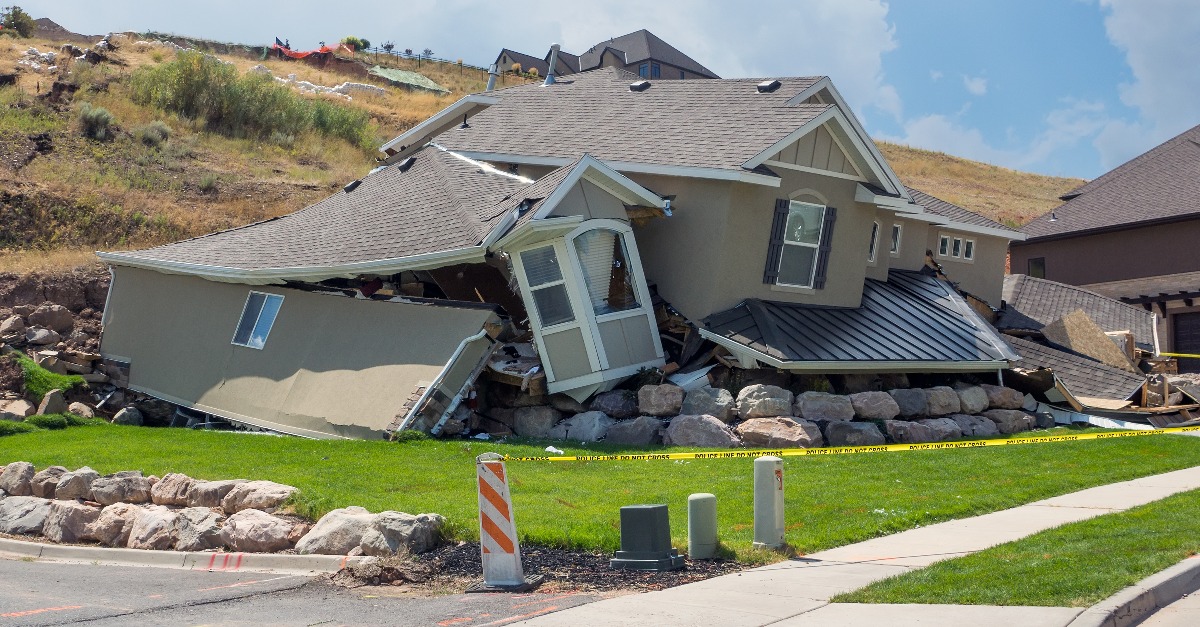With the announcement of the Government’s Home Builder Scheme, including the $25,000 grant for the purchase of a new house and land package, activity is ramping up. As part of the buying process, your bank will require a valuation on your new house and land. With this in mind, we thought we’d provide some tips on how to get the best result, and avoid delays, when the time comes for your valuation. We also answer some frequently asked questions about the ‘On Completion’ valuation process for new developments.
All States and Territories have now signed up to the Home Builder scheme, and the effect of this announcement is already being felt on the ground. One developer said visits to his display home increased five-fold since the announcement.
What is an On Completion valuation?
When buying a house and land package, the bank will require a valuation to determine the property’s value (as if it were complete) and hence the amount of money they are willing to loan. This type of valuation is called an ‘On Completion’ valuation.
The On Completion valuation is also known as a TOC (Tentative on Completion), TBE (To Be Erected), or an As If Complete valuation. This type of valuation will determine what the property would be worth at the present time, if it were completed now. Before the bank will lend money against the new dwelling, they need to ensure the amount of the loan is an accurate reflection of what the property would sell for on the open market, should the property need to be re-sold.
With an On Completion valuation, it’s important to note the valuation figure is what the property would be worth if sold in today’s market, not what the property may be worth when building is complete in six months time. Industry guidelines dictate that property valuers are not permitted to attempt to forecast any possible rise or fall in the market. Instead they must rely on comparable sales in the vicinity to assess what the property would be worth now if it needed to be resold.
How to get the best result from your On Completion valuation?
Here are a few tips to help the process flow smoothly and get the best result.
- Provide all the required information to the bank at the outset, before the valuation is ordered. Often valuers are required to follow up for the correct documentation. This leads to delays.
- Check with the developer that the valuer can access the land and the roads are formed. The valuer will need to walk onto the allotment and view the survey pegs. It’s important to ensure access is available before requesting the valuation to avoid delays.
- Here is the list of information required to complete the valuation:
- A map with the exact location to assist the valuer to find the block of land.
- New developments of vacant allotments are often poorly signed and sometimes the roads haven’t been named yet, making them tricky to find.
- Survey plan showing the exact location, boundaries and size of the allotment.
- Building plans with measurements to scale.
- Ideally, the plans should have totals for living areas, outdoor living areas and car accommodation.
- Building plans must include the drawing of the front and rear elevation of the dwelling.
- Ensure the measurements are legible. If they’ve been scanned, it’s important to check the detail is still decipherable.
- A full list of specifications and inclusions – the valuation is more accurate if the valuers don’t have to make assumptions.
- A full list of ancillary improvements (landscaping, driveways, fencing, etc) which are included in the contract.
- Signed and dated Contract of Sale, including all special conditions and annexures.
- Be sure to provide all annexures and highlight any information regarding rental guarantees, furniture packages or rebates back to the purchaser (these are tactics sometimes used to inflate the sale price).
- Industry guidelines dictate that property valuers are required to deduct the value of rental guarantees, furniture packages and rebates from the contract amount. It’s important to know the consequences of this on your lending.
- It’s good practice to have another set of eyes run over the Contract of Sale. On one occasion, a clause was found stating the new dwelling was being constructed on a parcel of land earmarked for resumption for a major highway within the next five years. Once brought to the attention of the purchaser, the contract was rightly terminated.
- A map with the exact location to assist the valuer to find the block of land.
A question we are sometimes asked is ‘why is the new house and land valued at less than the contract price?’
It is often assumed ‘land value + building contract = on completion value’, but this is not necessarily the case. While the valuer may determine the price being paid for the land is fair and the builder’s contract price to build the dwelling is ‘within normal cost parameters’, this doesn’t necessarily mean the property will always value at the combined land plus building contract price. Why? Because the basis of valuations for residential properties requires the valuer to provide evidence of recently settled sales of ‘established’ properties in the area. This is what forms the On Completion figure. If the contract price is more than the On Completion valuation, the prospective purchaser may be spending too much on their house for the suburb and hence overcapitalising.
While the house and land may be under contract for $500,000 and there may be numerous sales of similar new houses in the same development for a similar price, industry guidelines dictate that valuers are not permitted to use the sale of a brand new product, sold directly from the developer, as evidence to support the contract price. Why is this? It is thought consumers will pay a premium for a brand new product which is difficult to achieve on the resale market. Although a client may pay top dollar for a brand new house built to their specifications, if this property is sold 12 months down the track, there is no guarantee the original purchase price can be attained. That is why valuers are required to use resales and not new ‘developer’ sales.
Also, properties sold directly from the developer could include extensive marketing costs to overseas or interstate purchasers, rental guarantees or stamp duty rebates. These tactics are used to inflate the purchase price. When the use of developer sales is not permitted, then there may be little evidence to support the house and land contract price.
Clients, particularly first home buyers, often engage WBP to conduct an independent valuation before they sign the contract of sale or building contract. Our aim is to ensure our clients are buying a good quality property and paying a fair price. Buying a new house and land package can be a stressful time. An independent valuation can provide peace of mind you are not paying too much.
To discuss how we may be able to assist you, please contact us on 1300 302 581 or email [email protected].









